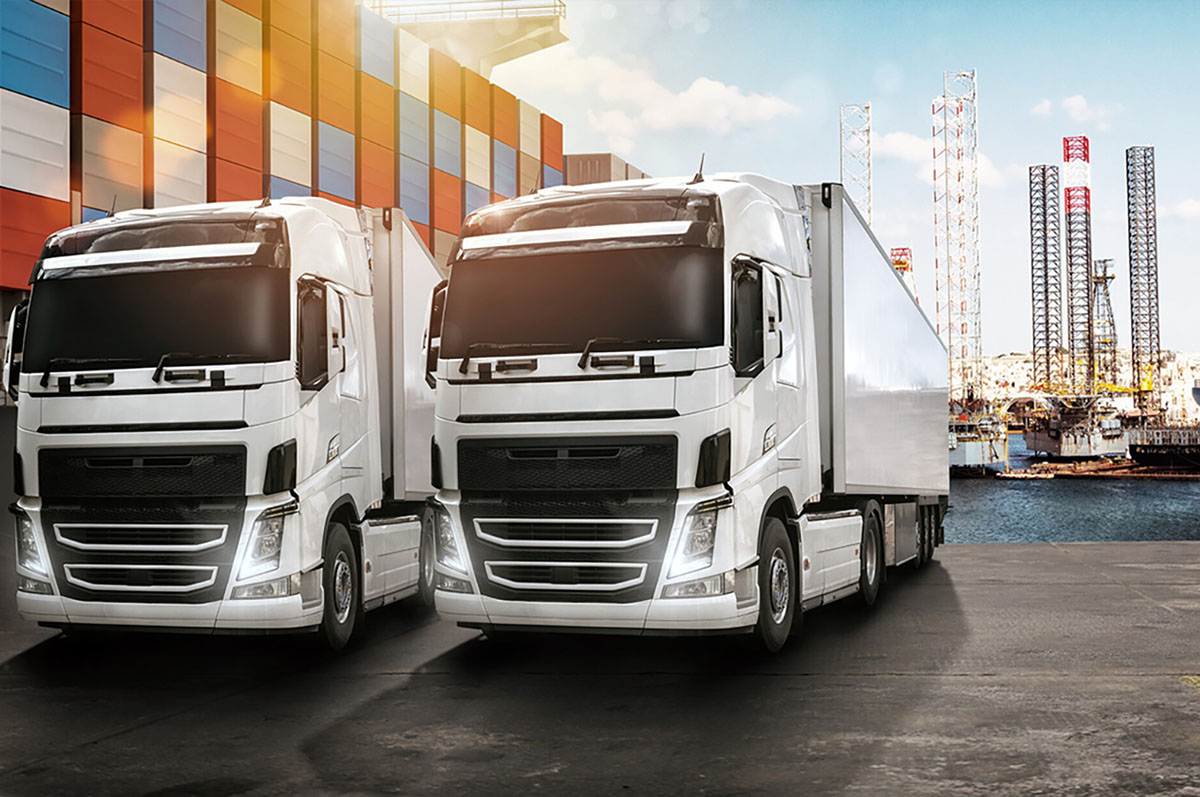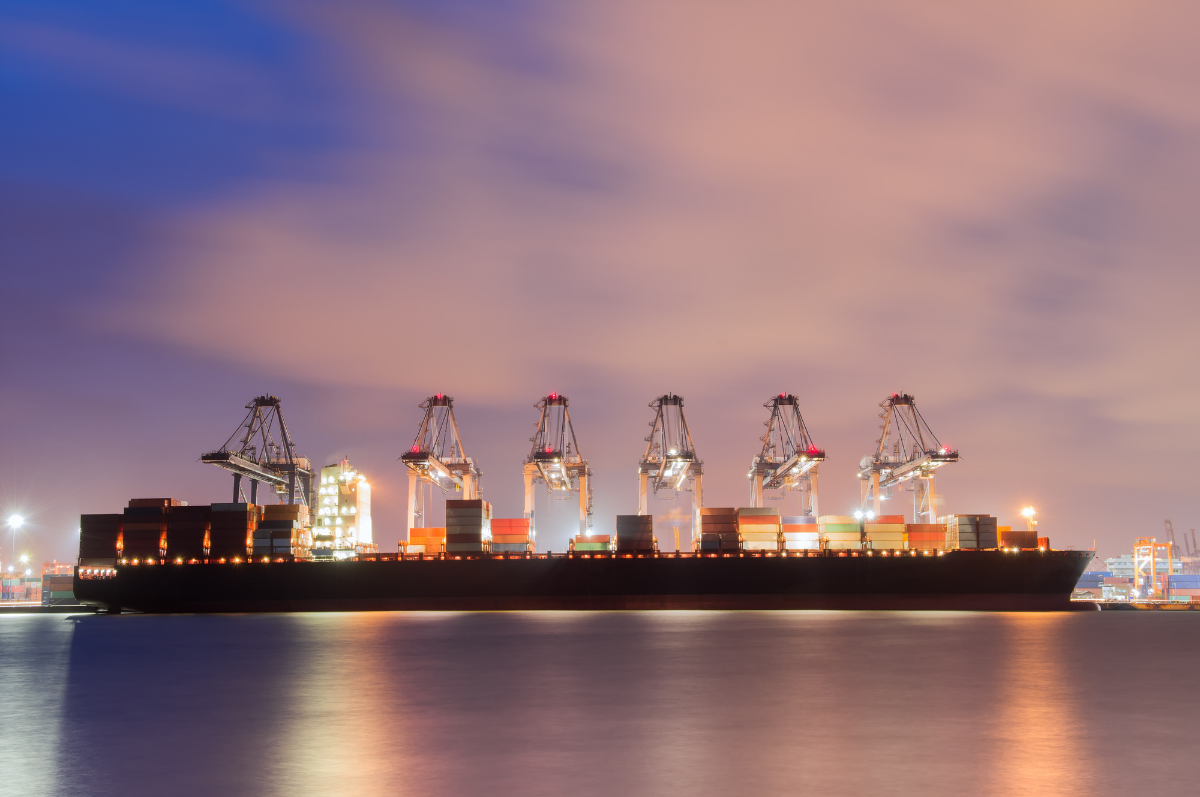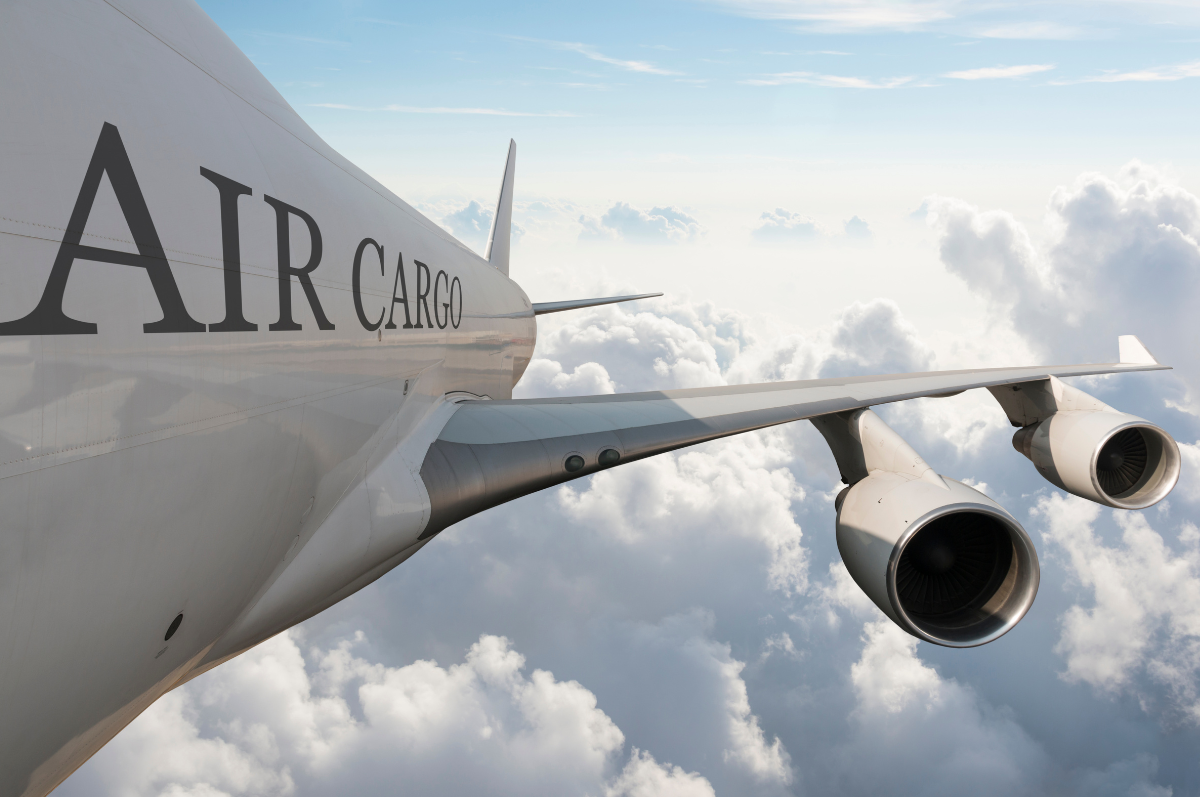The words freight and haulage are frequently used interchangeably but do they actually mean the same thing? And if not, what is the difference between haulage and freight?
Both haulage and freight are vital transport services, relied upon by many sectors in society. Without these services, food, medicines and other essential items wouldn’t get to where they’re most needed. They also form an essential backbone for the UK economy, transporting commercial goods for retail and industry.
In this article, we breakdown what each one involves and the different types of haulage and freight available.
What Is Haulage?
Haulage is the process of moving commercial goods from one place to another within a country either by road or railway.
The term covers the movement of all kinds of items from food through to clothing, furniture, building materials and even live animals!
The UK haulage sector represents a significant proportion of the workforce, employing over 2.5 million people
Different Types of Haulage
There are many different types of haulage from the general movement of goods through to highly specialist services. The different types of haulage include:
General Haulage
General haulage is used by countless industries to transport large numbers of goods from one place to another. It might involve just one vehicle or a fleet and is commonly used in sectors such as healthcare and retail.
Heavy Duty Haulage
For incredibly large, heavy or bulky items that require safe transportation, heavy duty haulage is the best option. This might involve the use of an articulated lorry or flat bed lorry. Vehicles providing heavy duty haulage are often speed-limited for safety, making this a slower but safer way of moving heavy-duty items.
Hazardous Haulage
Hazardous or toxic goods, such as gases, chemicals or explosives are transported using hazardous haulage. The companies involved require special licenses to provide hazardous haulage services with their drivers receiving specific training and vehicles being modified to ensure safety.
Waste Haulage
Waste haulage covers the movement of large-scale waste to and from waste disposal or recycling facilities.
Plant Haulage
Plant haulage is used to safely move plant machinery such as diggers and cranes from one place to another.
Vehicle Haulage
Vehicle haulage refers to the transportation of vehicles such as new cars and vans, usually from a manufacturer to a retailer, garage or showroom.
Parcel Haulage
This type of haulage covers the movement of packages and parcels on a large-scale and is used by retailers to move goods from warehouses to delivery depots ready to be delivered on to customers.
Fragile Haulage
Fragile haulage can be used to ensure goods that are easily breakable such as windows or glass screens, reach their destination in perfect condition thanks to specialist equipment and vehicles.
Abnormal Load Haulage
For extremely large loads that aren’t covered by the other types of haulage (such as plant haulage, for example) abnormal load haulage will be required.
Container Haulage
Container haulage allows shipping containers to be moved cross-country on flatbed lorries.
Cold Haulage
This type of haulage can be used to move cold, refrigerated or frozen goods whilst maintaining their optimum storage temperature. Cold haulage is frequently used by the food industry as well as the medical or pharmaceutical industry to transport medicines or vaccines.
Livestock Haulage
Livestock haulage is the movement of live animals for the farming or meat industry and requires highly specialist vehicles and additional training for drivers.
What Is Freight?
Freight, on the other hand, refers to goods transported internationally or overseas. Like haulage, freight can take place via road or rail but more often goods are moved via sea or air and are referred to as sea freight or air freight.
Freight can be used to transport substantial cargo over greater distances. As both boats and aeroplanes are capable of carrying larger loads than lorries or trains, freight is often used for heavier and bulkier goods than haulage. Freight, therefore, is used by larger companies to transport vast quantities of goods in one go. It also offers a speedier alternative to moving cargo internationally, with air freight and sea freight being a quicker way of getting goods to their destination compared to travelling long-distances by road or freight train.
In conclusion, freight and cargo are similar but there are a few technical differences, mainly in the methods of transport and the distances covered. Generally speaking, haulage takes place on a national scale and freight is international.
Some cargo will require both freight and haulage in order to reach its destination and international businesses will utilise both services to move their goods.
Hawley Logistics Haulage & Freight Services
Hawley Logistics offers both haulage and freight services, including UK haulage, sea freight, air freight and road freight. Our extensive global networks and expertise ensure that we can get your goods to wherever they need to go, using the most cost-effective and reliable methods.
To find out how Hawley Logistics can help with your haulage and freight requirements or discuss which option best suits your needs, get in touch or give us a call on 01706 826322.




